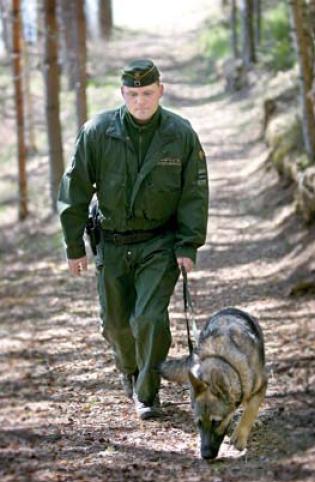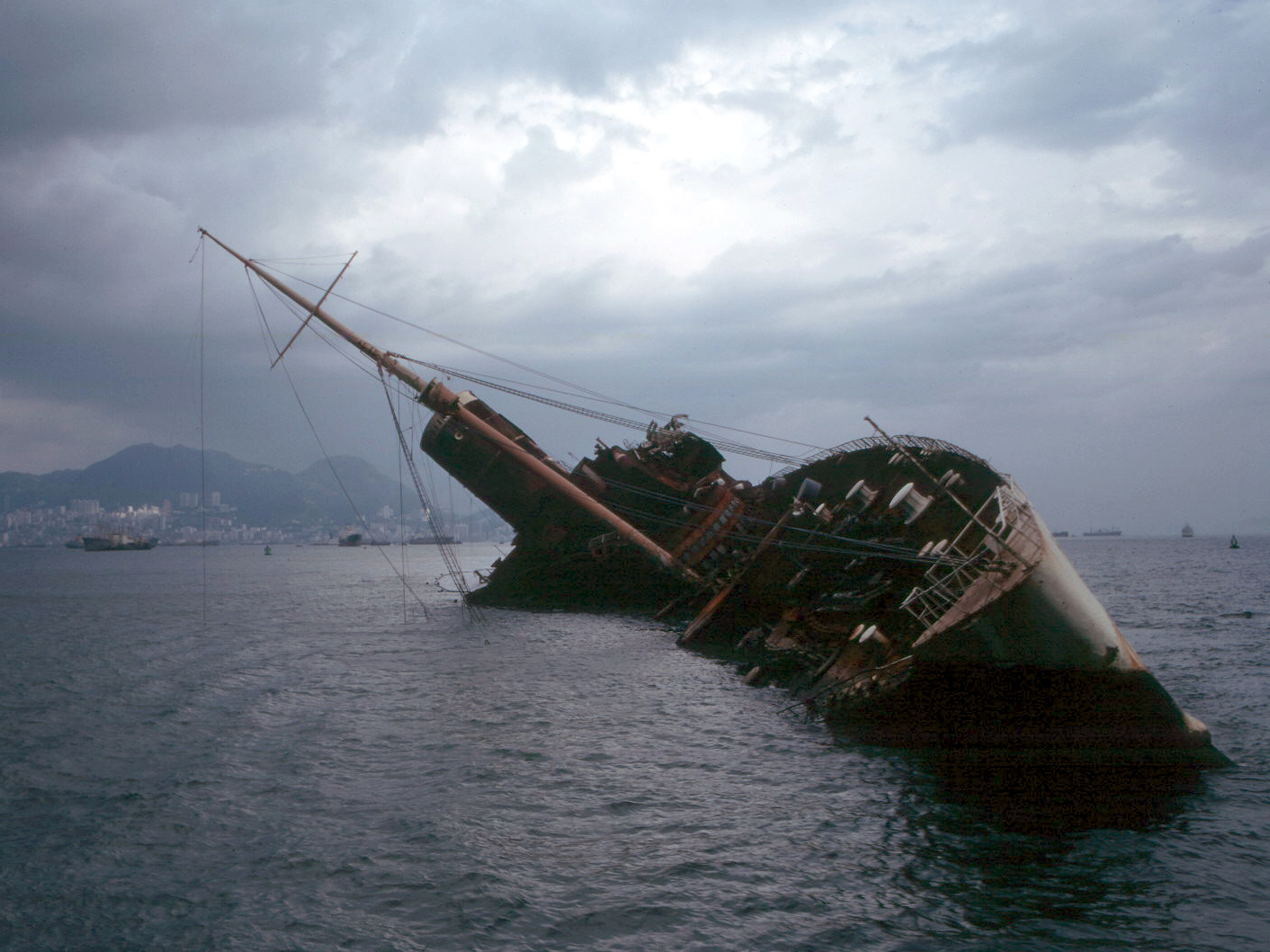|
Hydrocopter
A hydrocopter is an amphibious propeller-driven catamaran with a boat-like hull, small wheels and pontoon skis (as in a seaplane). An aircraft engine with a propeller and air rudder powers the vehicle over water, ice, snow and land. Hydrocopters are used in Arctic coastal regions, primarily Sweden and Finland, during " menföre" (Swedish, ''bad going''), or " kelirikko" (Finnish ''broken going''), when melting ice cannot support ground vehicles and boats are hindered as well. Hydrocopters are often used as a low-cost alternative to hovercraft and helicopters. Hydrocopters are primarily produced in small machine shops or made by hobbyists as hydrocopters have never been mass produced.Kotka Maritime Museum. ''Amfibio 3000 KR-124'' plaque. 2017. Design and manufacturing Hydrocopters are generally smaller vehicles less than 20 ft long and weigh less than 2000 kg. Hydrocopters are powered by a fixed bladed aircraft propeller, the same as an airboat. Although they have th ... [...More Info...] [...Related Items...] OR: [Wikipedia] [Google] [Baidu] |
Aerosledge
An Aerosledge (, "aerosani") is a propeller-driven sledge, sleigh or toboggan which slides on runners or skis. Aerosleds are used for communications, mail deliveries, medical aid, emergency recovery, and patrolling borders in countries such as northern Russia, as well as for recreation. Aerosani were used by the Soviet Red Army during the Winter War and World War II. The first aerosledges may have been built in 1903–05 by Sergei Nezhdanovsky. In 1909–10, young Igor Sikorsky designed and tested an aerosledge, before going on to build multi-engine airplanes and helicopters. They were light plywood vehicles on skis, powered by used vintage aircraft engines and propellers. Military usage Military use of the aerosani goes back to at least the 1910s. During World War I, aerosani were used for reconnaissance, communicating, and light raiding in northern areas. During the 1939–40 Winter War against Finland some were equipped with a machine gun ring mount on the roof. They could ... [...More Info...] [...Related Items...] OR: [Wikipedia] [Google] [Baidu] |
Airboat
An airboat (also known as a planeboat, swamp boat, bayou boat, or fanboat) is a flat-bottomed watercraft propelled by an aircraft-type propeller and powered by either an aircraft or automotive engine. It is commonly used for fishing, hunting, recreation, and ecotourism. Airboats are a common means of transportation in marshy and/or shallow areas where a standard inboard or outboard engine with a submerged propeller would be impractical, most notably in the Florida Everglades but also in the Kissimmee and St. Johns rivers, and the Mekong River and Delta, as well as the Louisiana bayous and Mesopotamian Marshes. Overview The airboat’s characteristic flat-bottom allows for easy navigation through marshes and other shallow bodies of water, including flooded areas. A version is also adapted for use on ice. The lack of operating parts below the waterline makes the craft ideal for rescue operations. The airboat is propelled by a column of air generated by a propeller, with win ... [...More Info...] [...Related Items...] OR: [Wikipedia] [Google] [Baidu] |
Finnish Border Guard
The Finnish Border Guard (FBG, ; ) is the agency responsible for enforcing the security of Finland's borders. Duties Main duties of the Finnish Border Guard: * Protecting the land borders and territorial waters of Finland from unauthorised encroachment. * Passport control at border crossing points, airports and ports. * First line of defence against territorial invasions. * Rescue operations (mainly at sea and in the remote areas of Lapland (Finland), Lapland). * Provide aid to other authorities such as the fire department in case of unusual events like wild fires. * Investigation of crimes pertaining to border security. * Aiding police forces in civil duties such as crowd control and riot control. * Military operations pertaining to internal security. * Customs control in the minor border crossing points without customs authorities. * Training of conscripts for wartime duty. These include (border jaegers) and (special border jaegers). * (During wartime) Sissi (Finnish light ... [...More Info...] [...Related Items...] OR: [Wikipedia] [Google] [Baidu] |
Emergency Position-indicating Radiobeacon Station
An emergency is an urgent, unexpected, and usually dangerous situation that poses an immediate risk to health, life, property, or Natural environment, environment and requires immediate action. Most emergencies require urgent intervention to prevent a worsening of the situation, although in some situations, mitigation may not be possible and agencies may only be able to offer palliative care for the aftermath. While some emergencies are self-evident (such as a natural disaster that threatens many lives), many smaller incidents require that an observer (or affected party) decide whether it qualifies as an emergency. The precise definition of an emergency, the agencies involved and the procedures used, vary by jurisdiction, and this is usually set by the government, whose agencies (emergency services) are responsible for emergency planning and management. Defining an emergency An incident, to be an emergency, conforms to one or more of the following, if it: * Poses an immediat ... [...More Info...] [...Related Items...] OR: [Wikipedia] [Google] [Baidu] |
Global Positioning System
The Global Positioning System (GPS) is a satellite-based hyperbolic navigation system owned by the United States Space Force and operated by Mission Delta 31. It is one of the global navigation satellite systems (GNSS) that provide geolocation and time information to a GPS receiver anywhere on or near the Earth where there is an unobstructed line of sight to four or more GPS satellites. It does not require the user to transmit any data, and operates independently of any telephone or Internet reception, though these technologies can enhance the usefulness of the GPS positioning information. It provides critical positioning capabilities to military, civil, and commercial users around the world. Although the United States government created, controls, and maintains the GPS system, it is freely accessible to anyone with a GPS receiver. Overview The GPS project was started by the U.S. Department of Defense in 1973. The first prototype spacecraft was launched in 1978 an ... [...More Info...] [...Related Items...] OR: [Wikipedia] [Google] [Baidu] |
Radar
Radar is a system that uses radio waves to determine the distance ('' ranging''), direction ( azimuth and elevation angles), and radial velocity of objects relative to the site. It is a radiodetermination method used to detect and track aircraft, ships, spacecraft, guided missiles, motor vehicles, map weather formations, and terrain. The term ''RADAR'' was coined in 1940 by the United States Navy as an acronym for "radio detection and ranging". The term ''radar'' has since entered English and other languages as an anacronym, a common noun, losing all capitalization. A radar system consists of a transmitter producing electromagnetic waves in the radio or microwave domain, a transmitting antenna, a receiving antenna (often the same antenna is used for transmitting and receiving) and a receiver and processor to determine properties of the objects. Radio waves (pulsed or continuous) from the transmitter reflect off the objects and return to the receiver, giving ... [...More Info...] [...Related Items...] OR: [Wikipedia] [Google] [Baidu] |
Capsizing
Capsizing or keeling over occurs when a boat or ship is rolled on its side or further by wave action, instability or wind force beyond the angle of positive static stability or it is upside down in the water. The act of recovering a vessel from a capsize is called righting. Capsize may result from broaching, , loss of stability due to cargo shifting or flooding, or in high speed boats, from turning too fast. If a capsized vessel has enough flotation to prevent sinking, it may recover on its own in changing conditions or through mechanical work if it is not stable while inverted. Vessels of this design are called self-righting. Small vessels In dinghy sailing, a practical distinction can be made between being knocked down (to 90 degrees; on its beam-ends, figuratively) which is called a capsize, and being inverted, which is called being turtled. Small dinghies frequently capsize in the normal course of use and can usually be recovered by the crew. Some types of dinghy ar ... [...More Info...] [...Related Items...] OR: [Wikipedia] [Google] [Baidu] |
Kuopio Vene 7
Kuopio ( , ) is a city in Finland and the regional capital of North Savo. It is located in the Finnish Lakeland. The population of Kuopio is approximately , while the sub-region has a population of approximately . It is the most populous municipality in Finland, and the seventh most populous urban area in the country. Kuopio has a total area of , of which is water and half is forest. Although the city's population is spread over , the city's urban areas are comparatively densely populated (urban area: 1,618 /km²), making Kuopio the second most densely populated city in Finland. At the end of 2018, its urban area had a population of approximately 90,000. Together with Joensuu, Kuopio is one of the major urban, economic and cultural centres of Eastern Finland. Kuopio is nationally known as one of the most important study cities and centres of attraction and growth. The city's history has been marked by several municipality mergers since 1969, as a result of which Kuopio now enc ... [...More Info...] [...Related Items...] OR: [Wikipedia] [Google] [Baidu] |
Catamaran
A catamaran () (informally, a "cat") is a watercraft with two parallel hull (watercraft), hulls of equal size. The wide distance between a catamaran's hulls imparts stability through resistance to rolling and overturning; no ballast is required. Catamarans typically have less hull volume, smaller Displacement (ship), displacement, and shallower draft (hull), draft (draught) than monohulls of comparable length. The two hulls combined also often have a smaller hydrodynamic drag (physics), resistance than comparable monohulls, requiring less propulsive power from either sails or motors. The catamaran's wider stance on the water can reduce both Heeling (sailing)#Heeling, heeling and wave-induced motion, as compared with a monohull, and can give reduced wakes. Catamarans were invented by the Austronesian peoples, and enabled their expansion to the islands of the Indian Ocean, Indian and Pacific Oceans. Catamarans range in size from small sailing or rowing vessels to large naval s ... [...More Info...] [...Related Items...] OR: [Wikipedia] [Google] [Baidu] |









